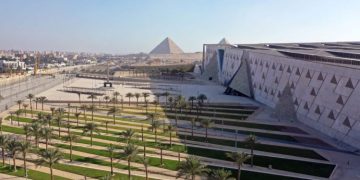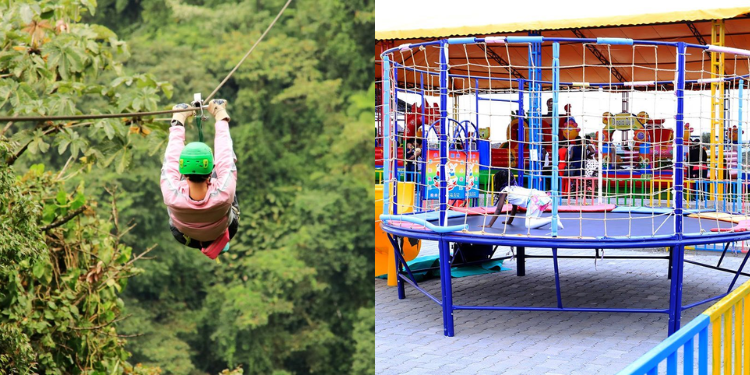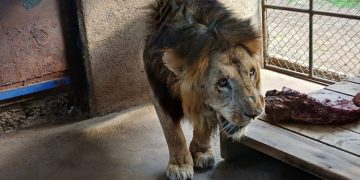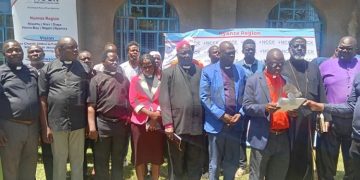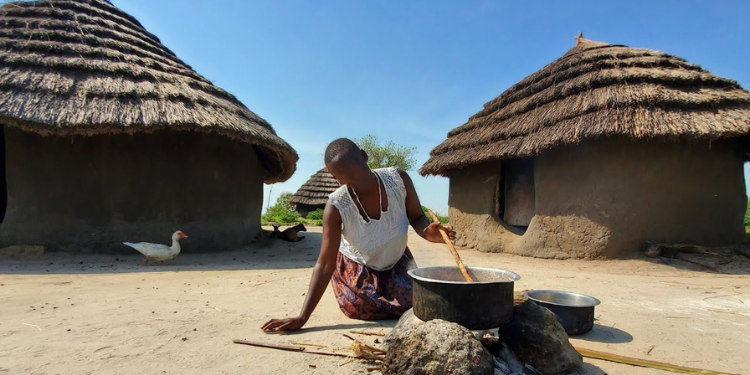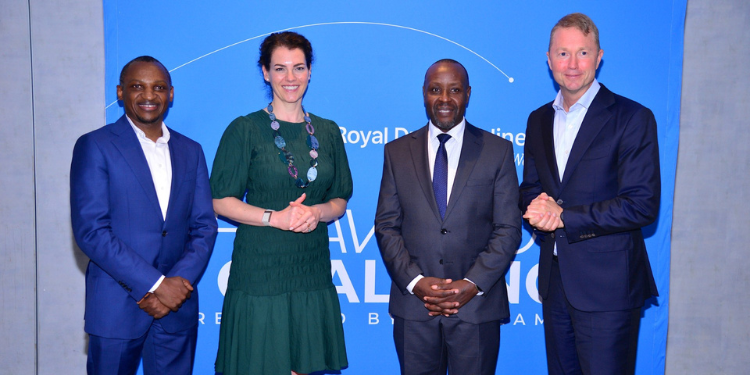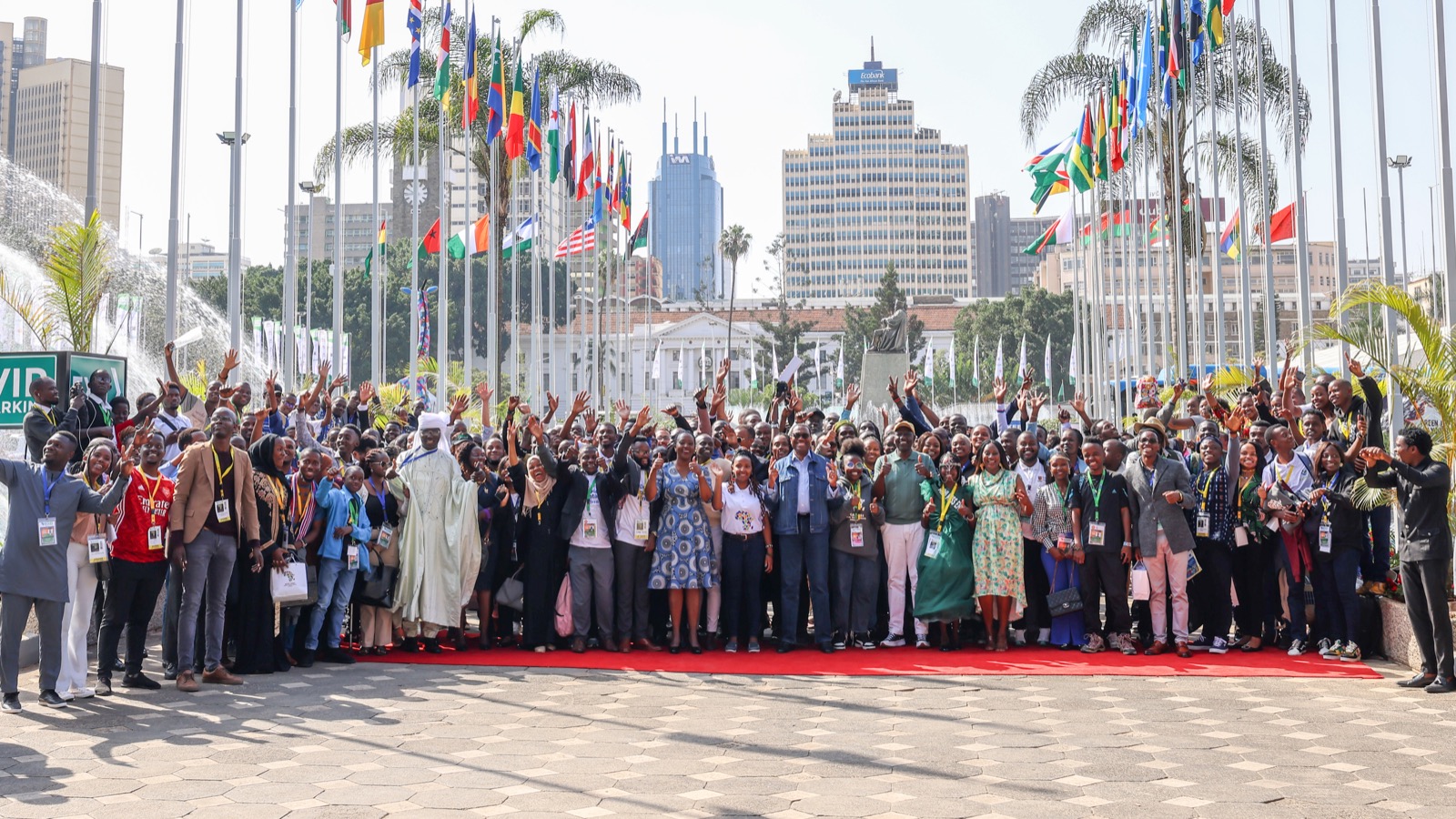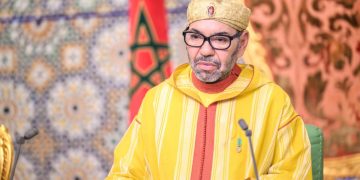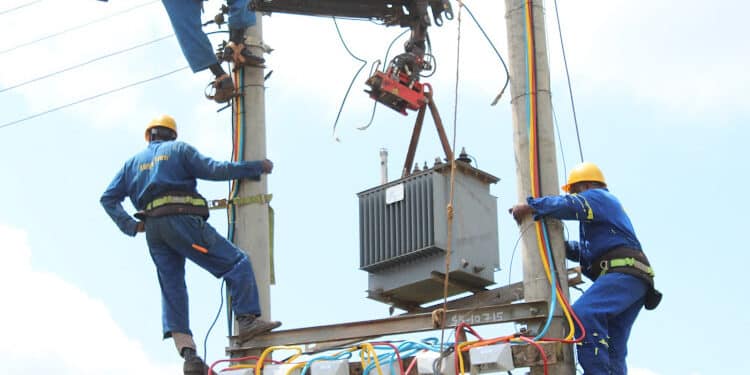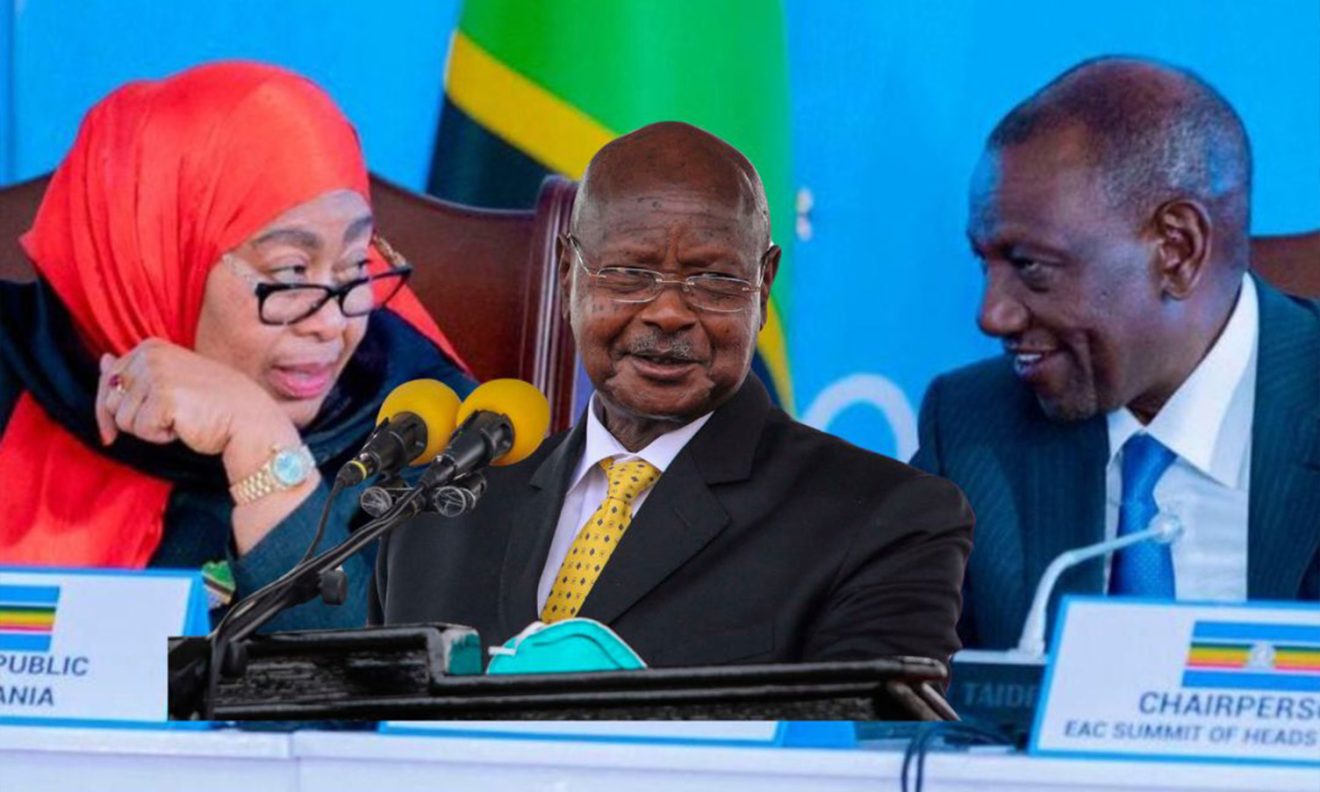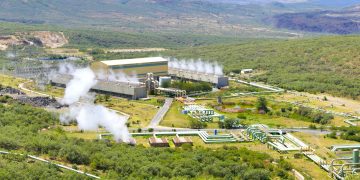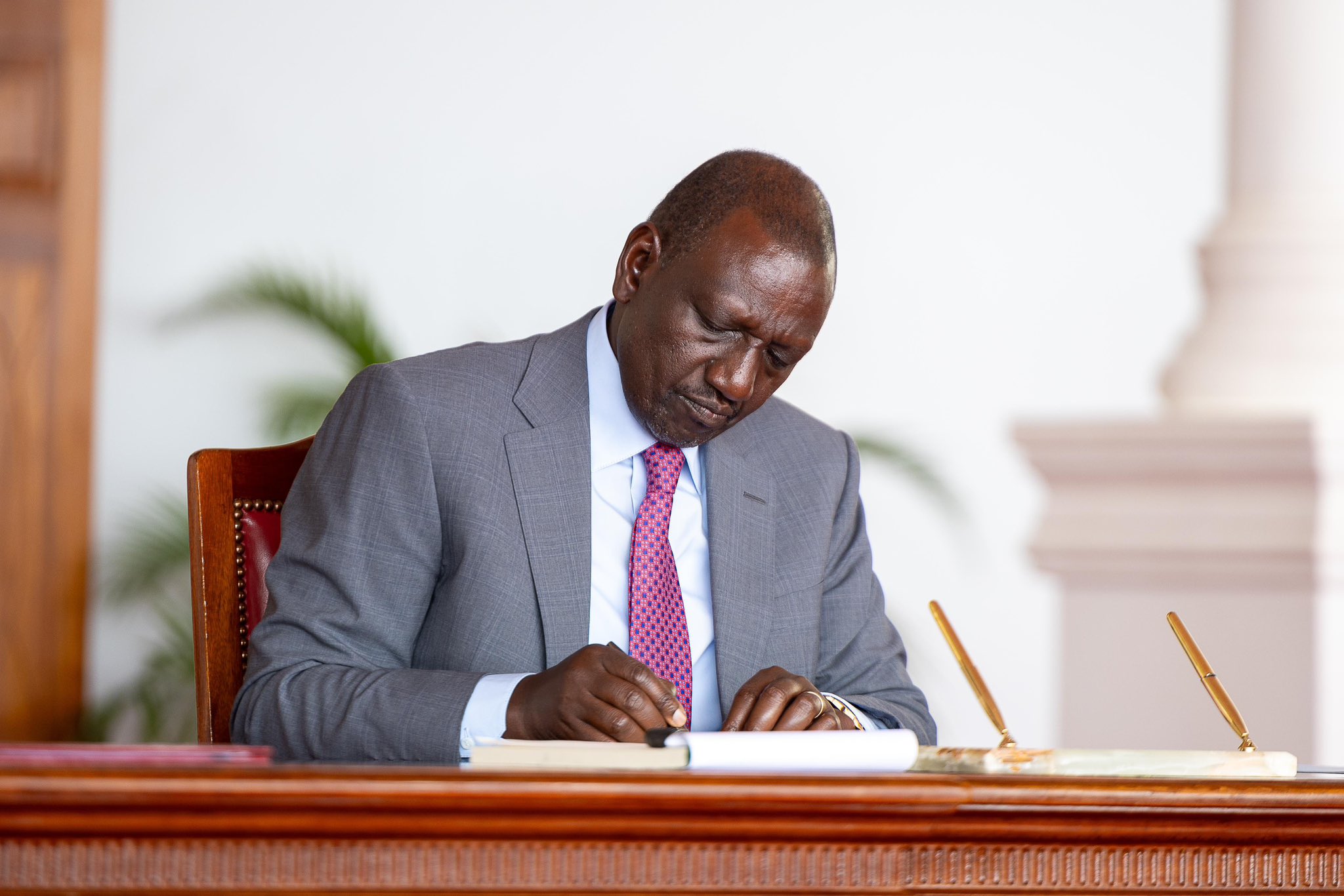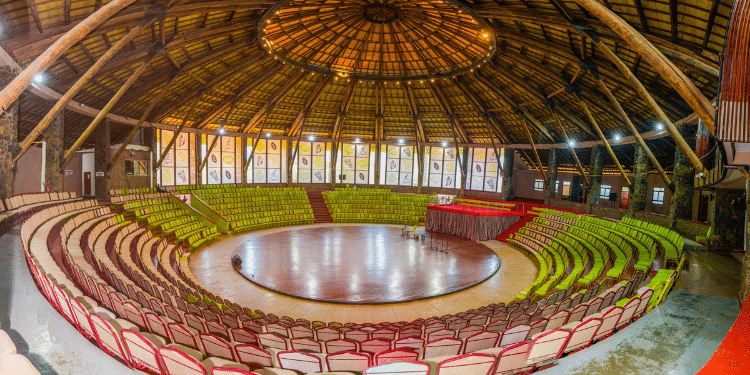Tharaka-Nithi County has a total of 231,932 registered voters, according to the latest figures released by the Independent Electoral and Boundaries Commission (IEBC).
The data showed Chuka/Igambang’ombe led with 84,674 registered voters, followed closely by Tharaka with 74,010 and Maara with 73,248.
All three constituencies in the county are currently represented in Parliament by members from the United Democratic Alliance (UDA) party.
Japhet Miriti Kareke Mbiuki serves as the Member of Parliament for Maara, Patrick Munene Ntwiga represents Chuka-Igambang’ombe, and George Gitonga Murugara is the MP for Tharaka.
| Name of Constituency | Number of Registered Voters |
| MAARA | 73,248 |
| CHUKA/IGAMBANG’OMBE | 84,674 |
| THARAKA | 74,010 |
Also Read Tyranny of Numbers: Distribution of 141,096 Voters in Tana River County
About Tharaka-Nithi
Tharaka–Nithi is located in Kenya’s former Eastern Province. Tharaka-Nithi County is bordered by Meru, Embu, Kitui, Kirinyaga, and Nyeri counties.
It spans approximately 2,662.1 square kilometres, including 360 square kilometres of Mount Kenya forest. As of the 2019 national census, the county’s population stood at 393,177.
The area is inhabited by the Chuka, Muthambi, Mwimbi, and Tharaka subgroups of the larger Ameru (Meru) community.
The county’s administrative headquarters is in Kathwana, and it has been under the leadership of Governor Onesmus Muthomi Njuki since 2022.
Also Read: Tyranny of Numbers: Distribution of 551,071 Voters in Homa Bay County
Agriculture in Tharaka-Nithi
The economy of Tharaka-Nithi is primarily driven by agriculture, with the county’s topography splitting into two distinct zones: the fertile eastern slopes of Mount Kenya and the semi-arid Basement System terrain.
In the highland areas of Maara and Chuka, adequate rainfall supports tea and coffee farming, while the semi-arid Tharaka region fosters livestock rearing and wildlife.
Other crops include sorghum, maize, millet, cowpeas, and cassava, with horticulture and cotton also contributing to the economy.
Additionally, mining activities, such as kaolin, sand, and stone quarrying, supplement the local economy, while infrastructure projects like the Embu-Meru Road enhance connectivity.
Follow our WhatsApp Channel and X Account for real-time news updates.


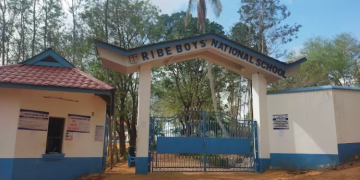



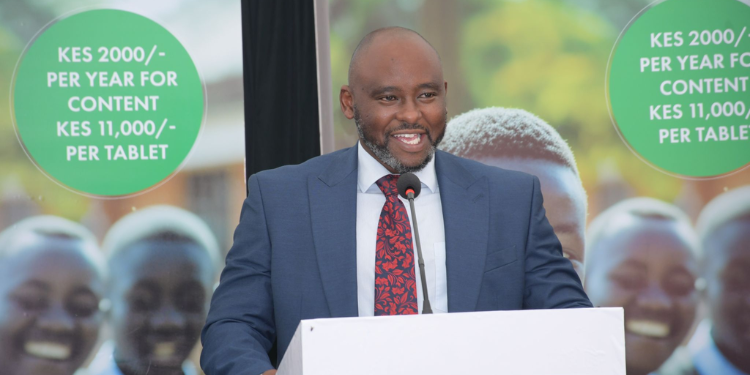



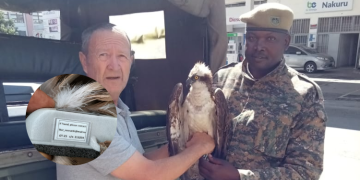



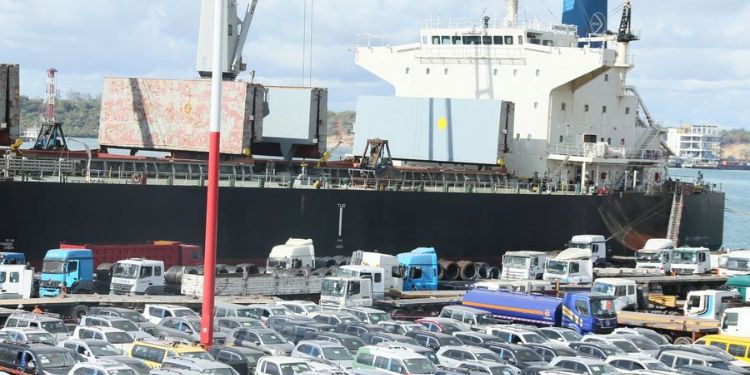

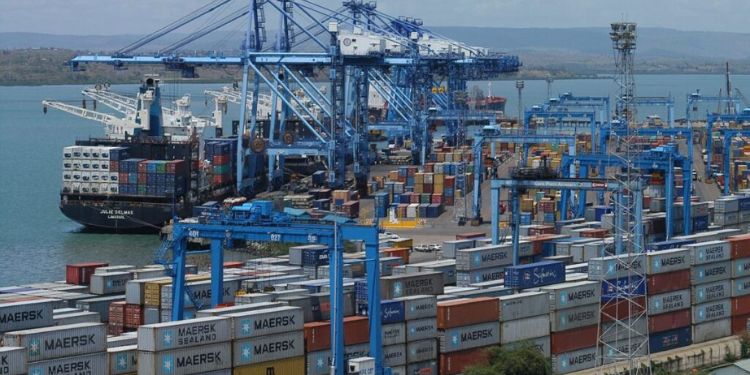
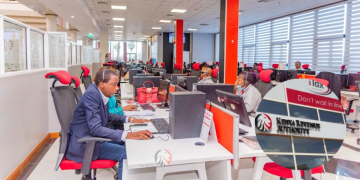
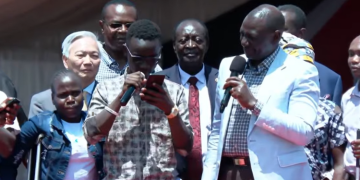

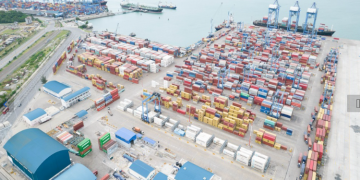
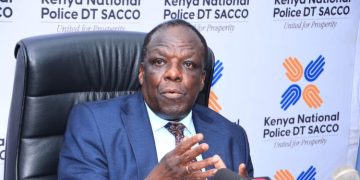

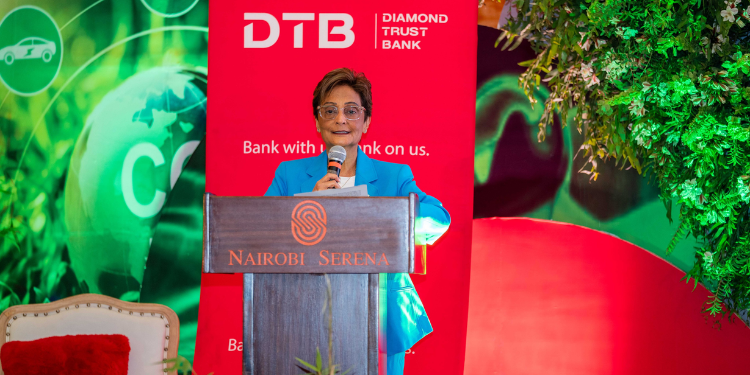
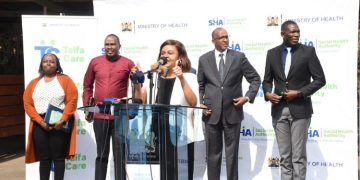
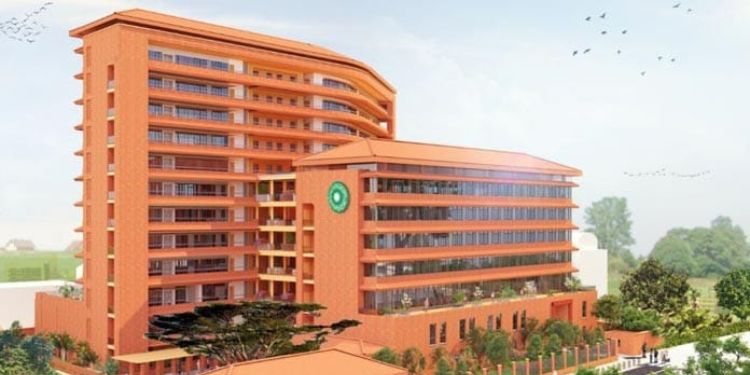
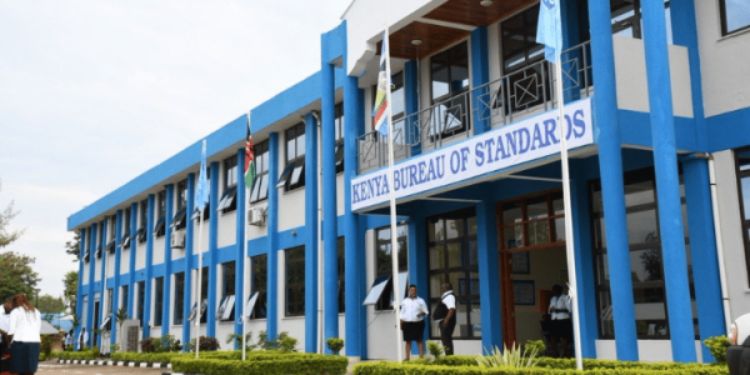
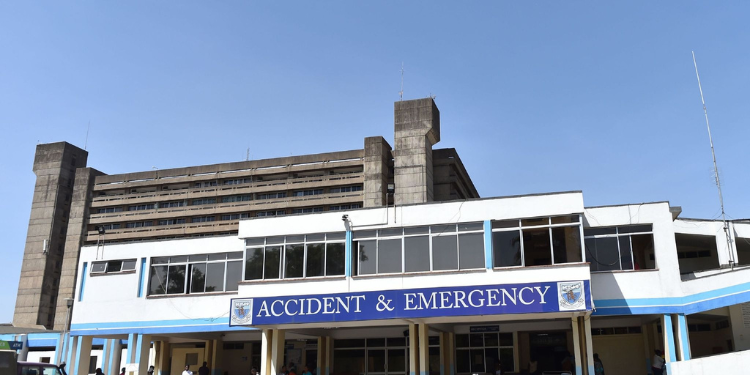
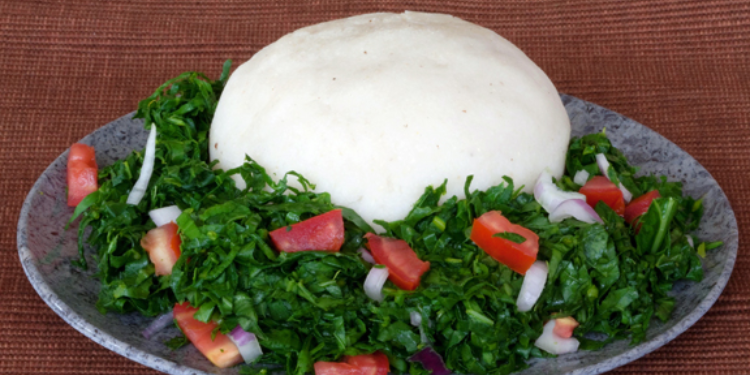
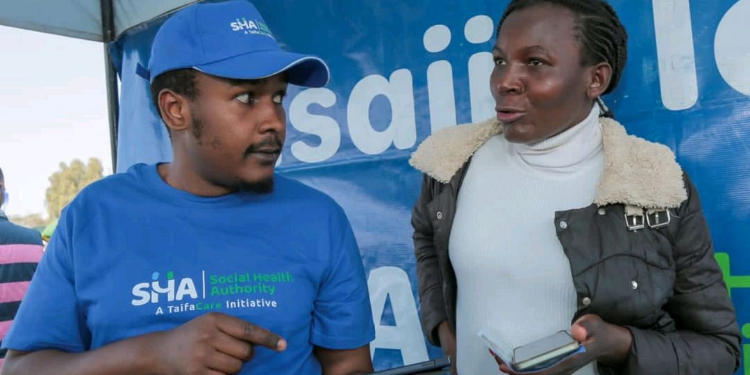
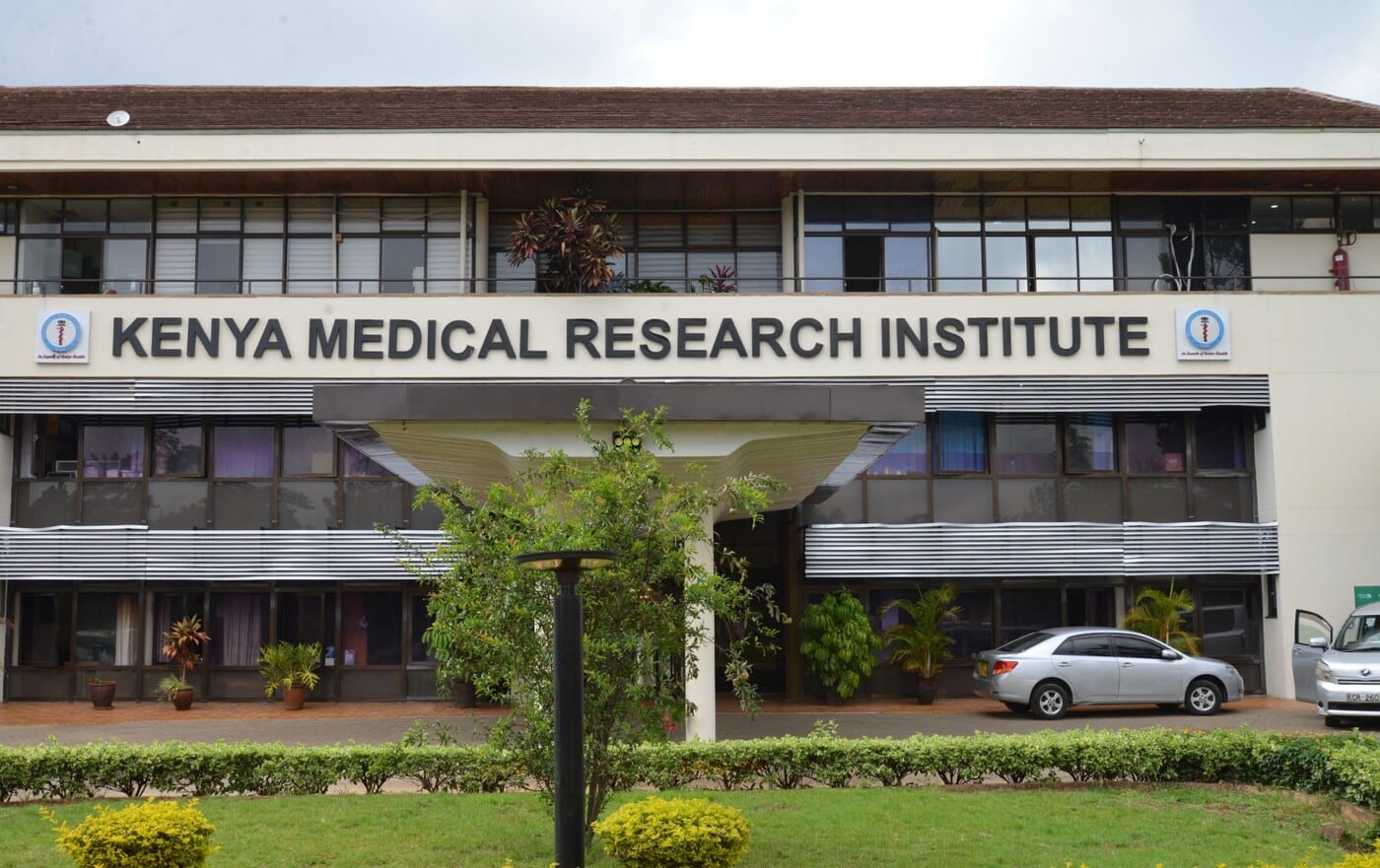
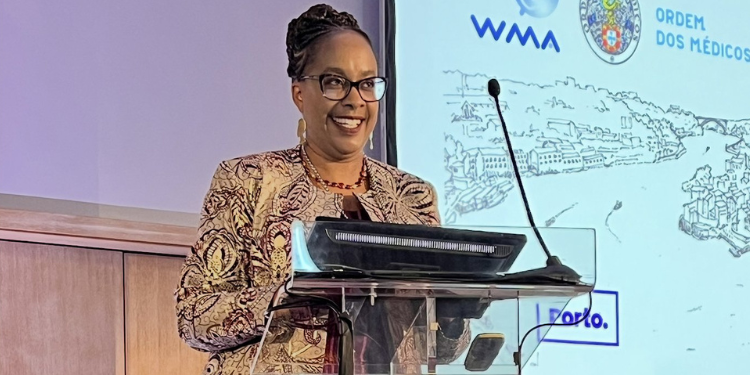
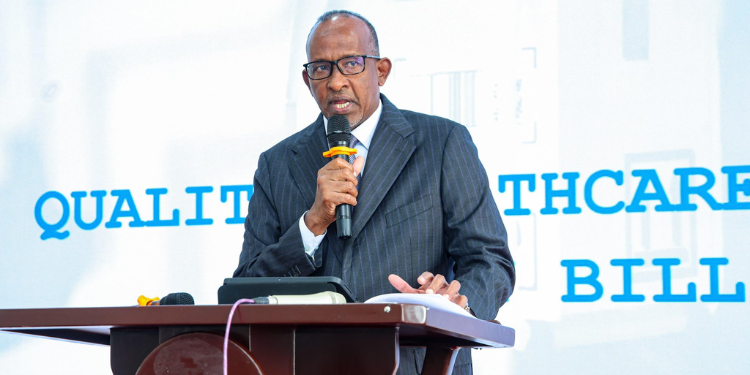



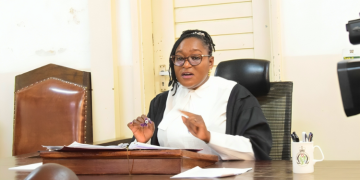



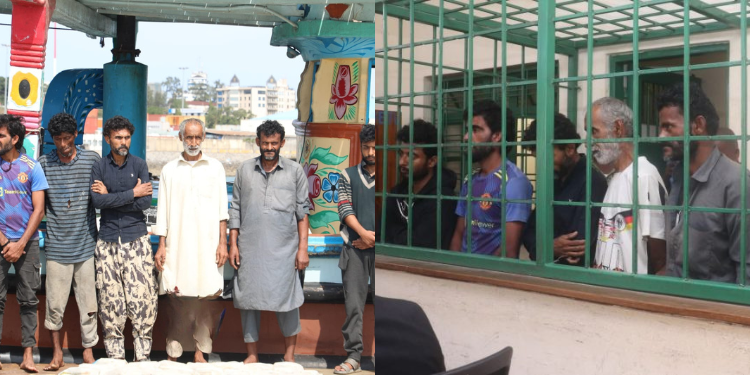
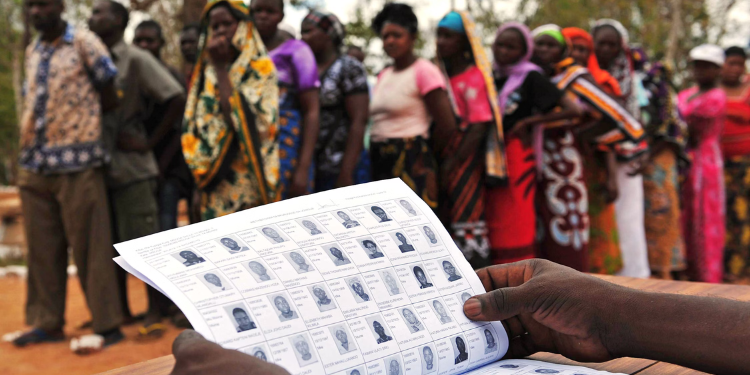




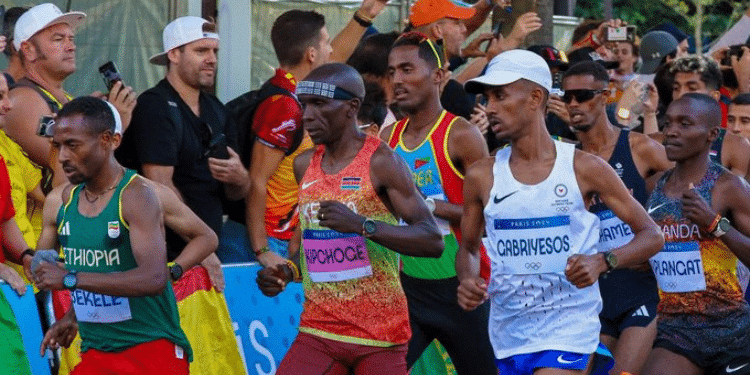



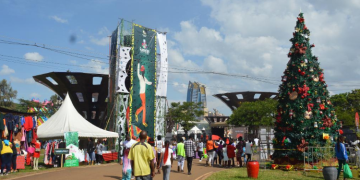

![Senator Allan Chesang And Chanelle Kittony Wed In A Colourful Ceremony [Photos] Trans Nzoia Senator Allan Chesang With Channelle Kittony/Oscar Sudi]( https://thekenyatimescdn-ese7d3e7ghdnbfa9.z01.azurefd.net/prodimages/uploads/2025/11/Trans-Nzoia-Senator-Allan-Chesang-with-Channelle-KittonyOscar-Sudi-360x180.png)
